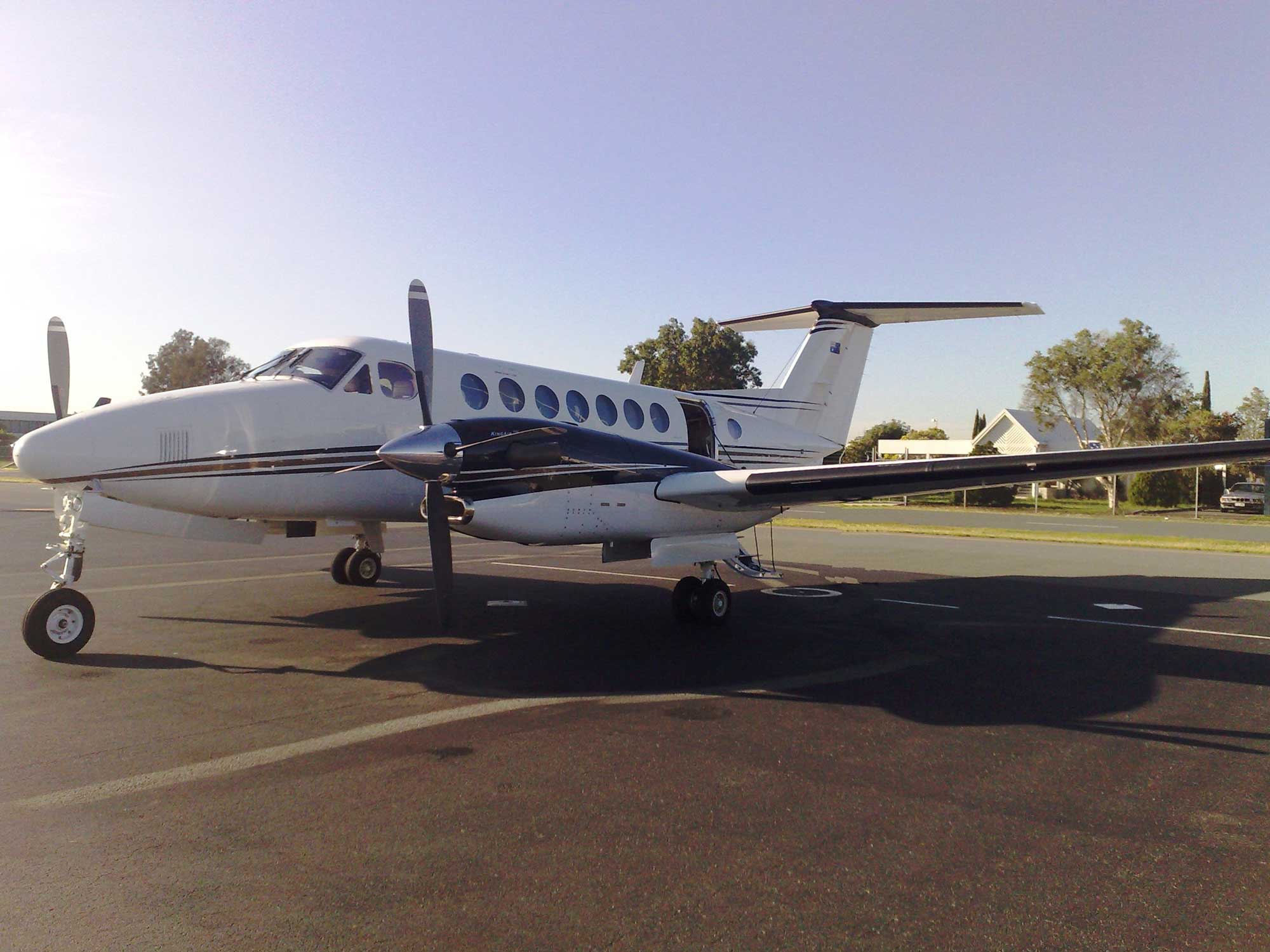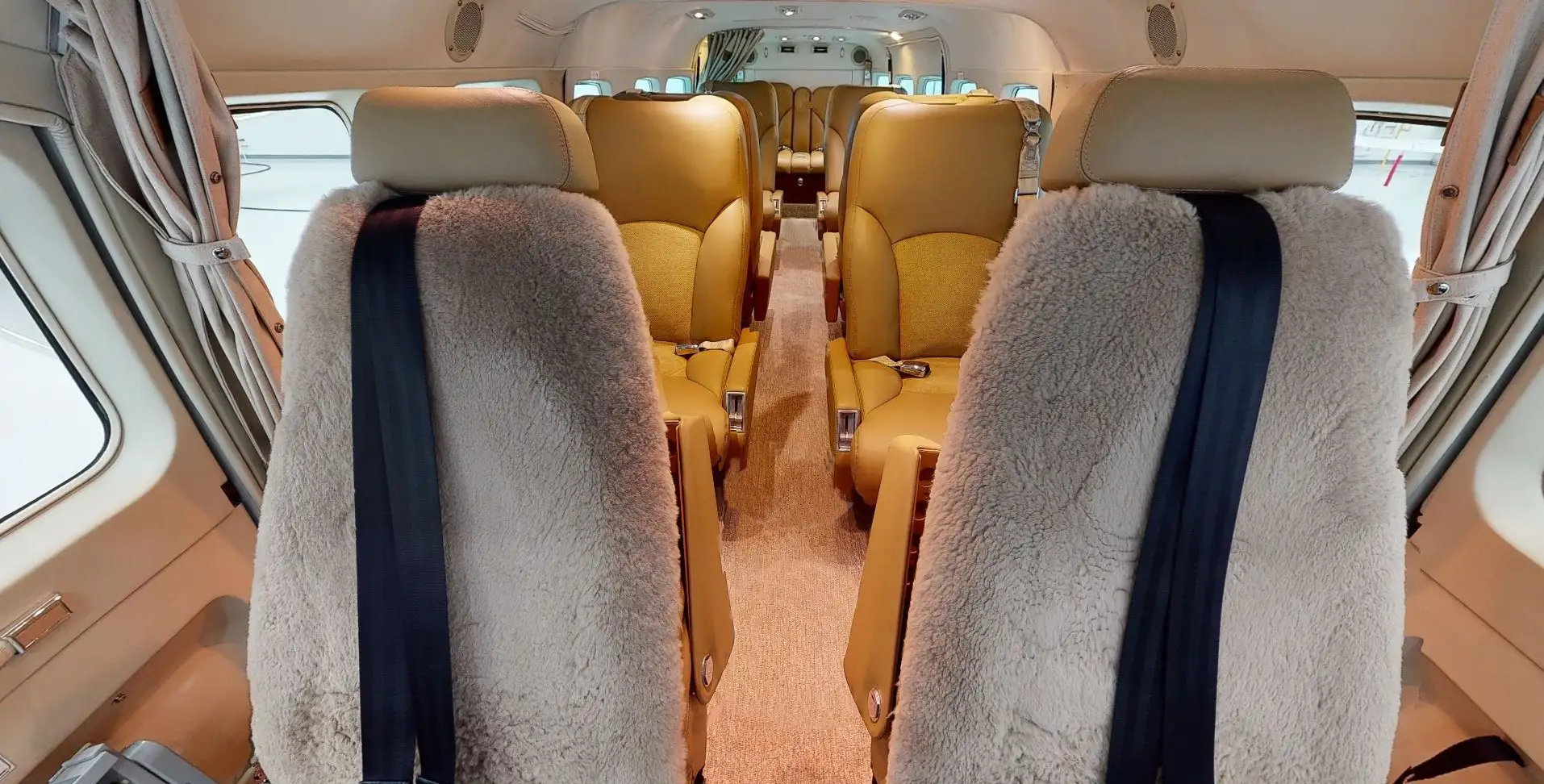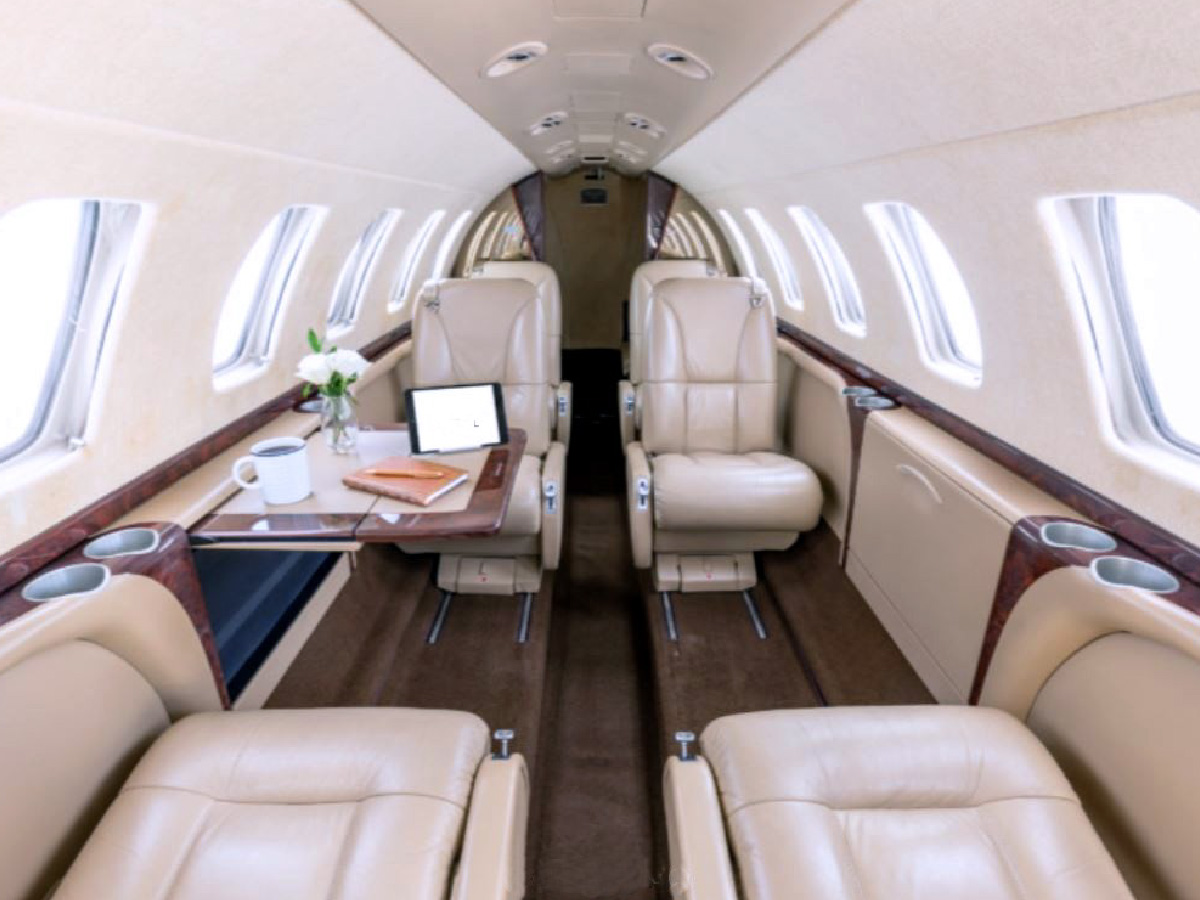At Adagold, we’ve built a reputation for delivering world-class charter flight services, offering expertise across a wide range of aircraft, including both turboprops and private jets. With over three decades of experience, we understand the unique advantages that each type of aircraft provides. In this blog, we’ll explore the key differences between turboprops and private jets to help you determine which is the best fit for your journey.

Engine Types Explained
When it comes to choosing between turboprops and private jets, one of the key factors is the engine type. Turboprops blend the best of both worlds, combining elements of jet engines and traditional piston propeller engines. With the propeller located outside the engine, these aircraft are designed for efficiency at lower speeds and altitudes, making them ideal for short-haul flights. On the other hand, jets have their fan blades housed within the engine, allowing for faster acceleration and cruising speeds, making them the go-to choice for high-altitude, long-distance journeys.
Speed, Altitude and Range
Private jets like the Cessna Citation Sovereign, with seating up to 12 passengers, are perfect for long-range travel with flexibility and speed.
Turboprops, such as the King Air 350, with seating up to 13 passengers, are slower but offer efficiency on shorter, regional routes, making them ideal for accessing smaller (and even dirt) airstrips and saving fuel over shorter distances.

Fuel Efficiency and Operating, and Private Jet Hire Costs
When it comes to fuel efficiency and operating costs, the differences between turboprops and jets become even more pronounced. Jets, with their powerful engines, tend to consume more fuel, which can drive up costs significantly.
Turboprops, however, shine on shorter routes, delivering impressive fuel efficiency. This translates to lower operating costs, making them a cost-effective solution for travellers who don’t need the speed and range of a jet but want a more economical flight option.
For some examples of itineraries & approximate costs comparing the two, visit our Private Jet Cost page.
Performance into Short Runways and Remote Locations
Private jets are generally optimised for performance on longer, sealed runways, usually requiring at least 1,200 metres for takeoff and landing. While this allows for greater speed and efficiency on larger runways, it can be limiting when trying to access remote or rugged areas with smaller airports. The reliance on longer and sealed runways makes them less versatile for travel to more isolated destinations.
Turboprops, by contrast, excel in short-field takeoff and landing scenarios. With their propeller-driven engines, they can operate on runways as short as 800 metres, making them an ideal choice for accessing smaller, unpaved, or remote airstrips.
Cabin Size and Noise
Turboprops may have the advantage of being quieter on the outside, but inside, their smaller cabins limit passenger capacity and reduce some comfort features.

Jets, on the other hand, offer much more comfortable cabins with convenient amenities. However, the downside is that jets tend to produce more external noises. While turboprops are built for fuel efficiency on short-haul flights, jets are designed for long-range travel, often capable of flying over 8,000 kilometres without refuelling, but this comes at the cost of higher operating expenses.

Passenger Capacity and Comfort
When it comes to comfort, private jets stand out with their comfortable cabins, luxurious features, and greater privacy. Many private jet hires come equipped with high-end amenities, offering an unparalleled level of comfort for passengers. In contrast, turboprops, with their smaller cabins, are more practical for smaller groups, but they lack the luxury of jets. While turboprops might not deliver the same opulence, they still serve as a cost-effective solution for short-haul flights where luxury isn’t the primary concern.
Maintenance and Availability
The complexity of jet engines adds to the cost and time required for maintenance, which can affect their availability. Jets, while offering greater comfort and range, come with more expensive and intricate maintenance needs.
Turboprops, on the other hand, are simpler and cheaper to maintain, resulting in higher availability and quicker turnaround times between flights. This makes them a practical option for those looking for reliable, cost-effective transportation, especially over shorter distances.

Environmental Impact and Fuel Efficiency
When it comes to environmental impact, private jets generally have a larger carbon footprint due to their powerful engines and higher fuel consumption, adding to the private jet hire cost. The engines required for their speed and range contribute to greater emissions, making them not as eco-friendly, especially on shorter trips.
In contrast, turboprops shine in this area, generally consuming less fuel and producing fewer emissions. Their fuel efficiency, especially on short-haul flights, gives them a lighter environmental impact, making turboprops a more sustainable option for those prioritising eco-conscious travel.
Pros and Cons of Private Jet Hire vs. Turboprops
Choosing between turboprops and private jets comes down to balancing capability, efficiency, cost, and travel needs. Turboprops excel in short-haul, cost-effective flights, especially when accessing smaller, remote airports with short unpaved runways. On the other hand, private jets are a better choice for long-distance journeys, where speed, altitude, and luxury are paramount. However, these benefits generally come with higher operating costs and a greater environmental footprint.
Ultimately, the decision between turboprops and jets depends on the specific requirements of the journey—whether the focus is on making an impression, cost-efficiency and flexibility or on speed, range, and luxury. Explore the full range or contact one of our Charter Specialists to learn more about these awesome aircraft.


